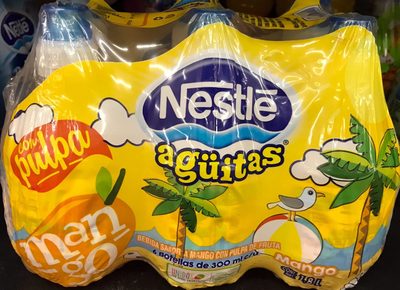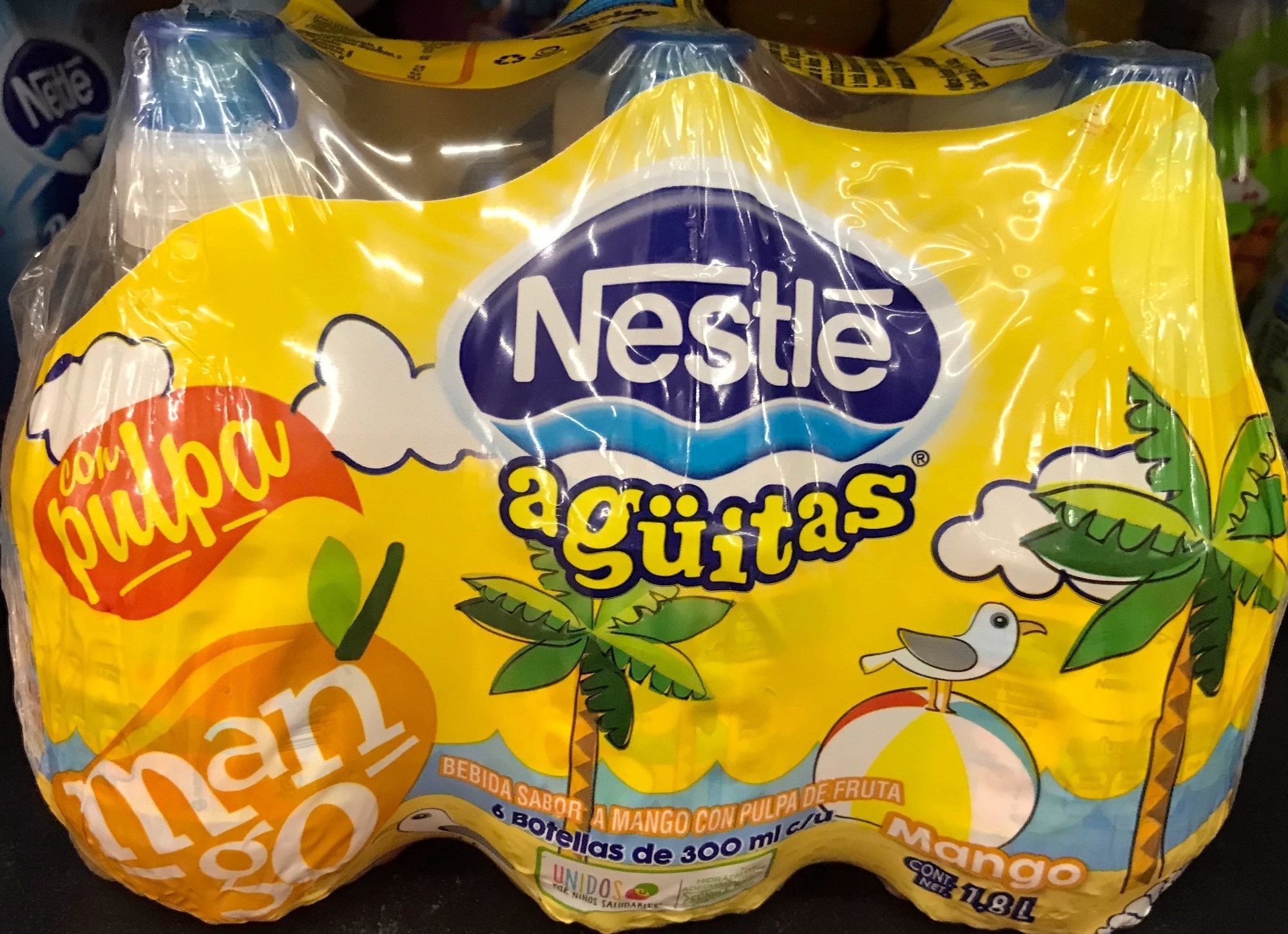Nestle Aguitas sabor Mango 6 piezas - 300 ml
This product page is not complete. You can help to complete it by editing it and adding more data from the photos we have, or by taking more photos using the app for Android or iPhone/iPad. Thank you!
×
Barcode: 7501059295445 (EAN / EAN-13)
Common name: Agua purificada sabor mango
Quantity: 300 ml
Packaging: es:Botella de plastico
Brands: Nestle
Categories: Beverages, Carbonated drinks, Waters, Carbonated waters, Flavored waters, Sweetened beverages
Labels, certifications, awards: Natural colorings
Origin of ingredients: es:Cd. de Mexico
Manufacturing or processing places: Cd. de Mexico
Link to the product page on the official site of the producer: http://www.nestle.com.mx
Stores: Walmar, Bodega aurrera, Samsclub
Countries where sold: Mexico
Matching with your preferences
Environment
Packaging
Transportation
Report a problem
Data sources
Product added on by openfoodfactsmx4
Last edit of product page on by packbot.
Product page also edited by sebleouf.








